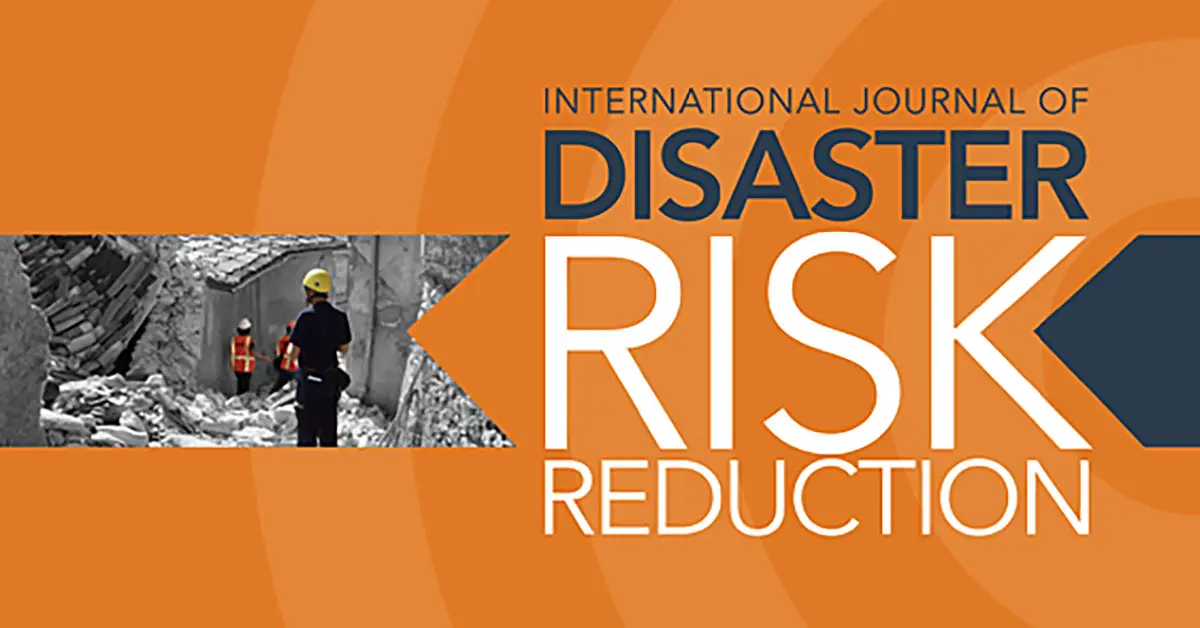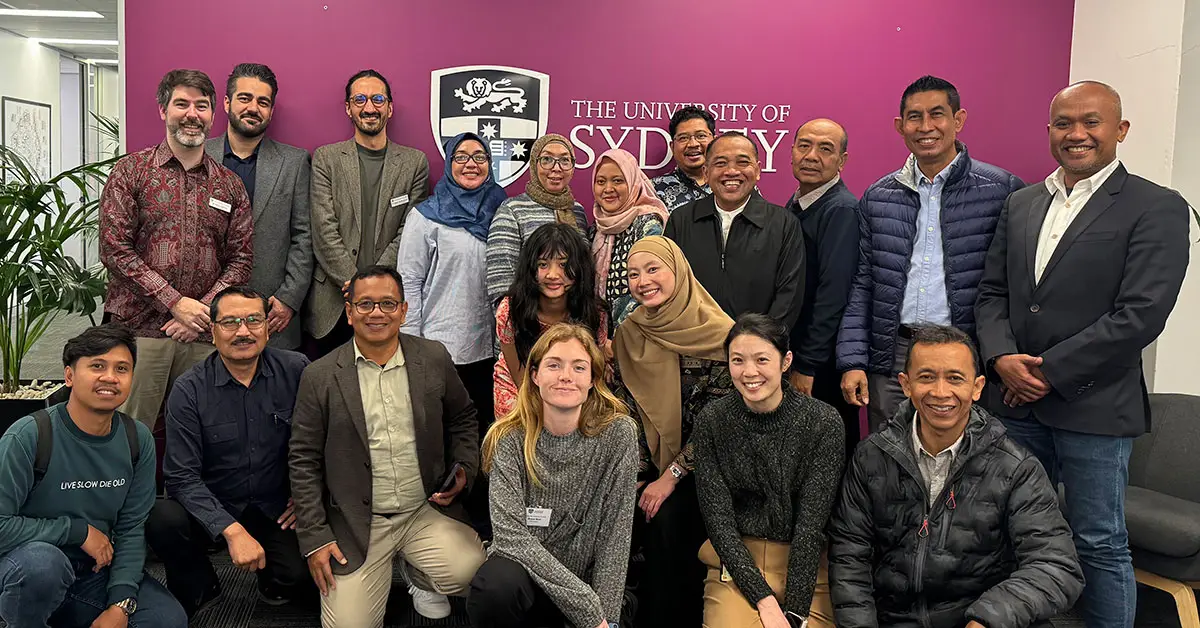Congratulations to Isaac Besarra from our lab for finishing his Master of Philosophy (MPhil) degree! An overview of Isaac’s thesis research is below. Isaac will start his PhD in the ITC Faculty Geo-Information Science and Earth Observation at the University of Twente in the Netherlands later this year. We’d like to wish Isaac all the best on his next career steps!
Assessing climate change impacts on housing flood risk in the Philippines
Abstract: The Philippines has made proactive efforts to mainstream climate change adaptation and disaster risk reduction. However, the absence of national repositories to capture regional vulnerability data and incorporate future climate projections has created significant gaps in efforts to formulate climate change adaptation plans at the local level. This research empirically derives localised housing fragility and vulnerability functions collected from 394 post-flood damaged households across the Province of Leyte. These functions offer new knowledge of the relationships between flood inundation and expected damage to housing. Vulnerability functions are then integrated with projected flood models in the Municipality of Carigara, Leyte, to understand how climate change influences local flood risk at a household level. Findings from the empirical study evaluate three distinct building typologies: (1) light material, (2) elevated light, and (3) concrete material housing structures. The findings highlight that all three building typologies experience minor damage at depths to 1-metre of flooding, however, at 2-metre water, severe damage for both light material and elevated light material housing structures is expected. Concrete structures exhibited the lowest vulnerability, resulting in severe structural damage at depths exceeding 3.5 metres. Combined with the newly obtained understanding of housing vulnerability, climate-projected flood models that incorporate Representative Concentration Pathway (RCP) 4.5 and 8.5 over the next century assess projected future residential damages from 5-,25-,50- and 100-year flood return periods. The spatiotemporal analysis problematises current notions of increasing flood risk and highlights regional decreases in flood extents and damage in the selected case site by up to 34% by the end of the century for a 100-year event when compared to historical baselines. The results contribute to understanding shifting flood risk dynamics at a local level in the Philippines that were previously unachieved, with implications to enhance local government decision-making. This research offers a new understanding of how building typologies and spatial exposure influence the flood risk for residential buildings.




